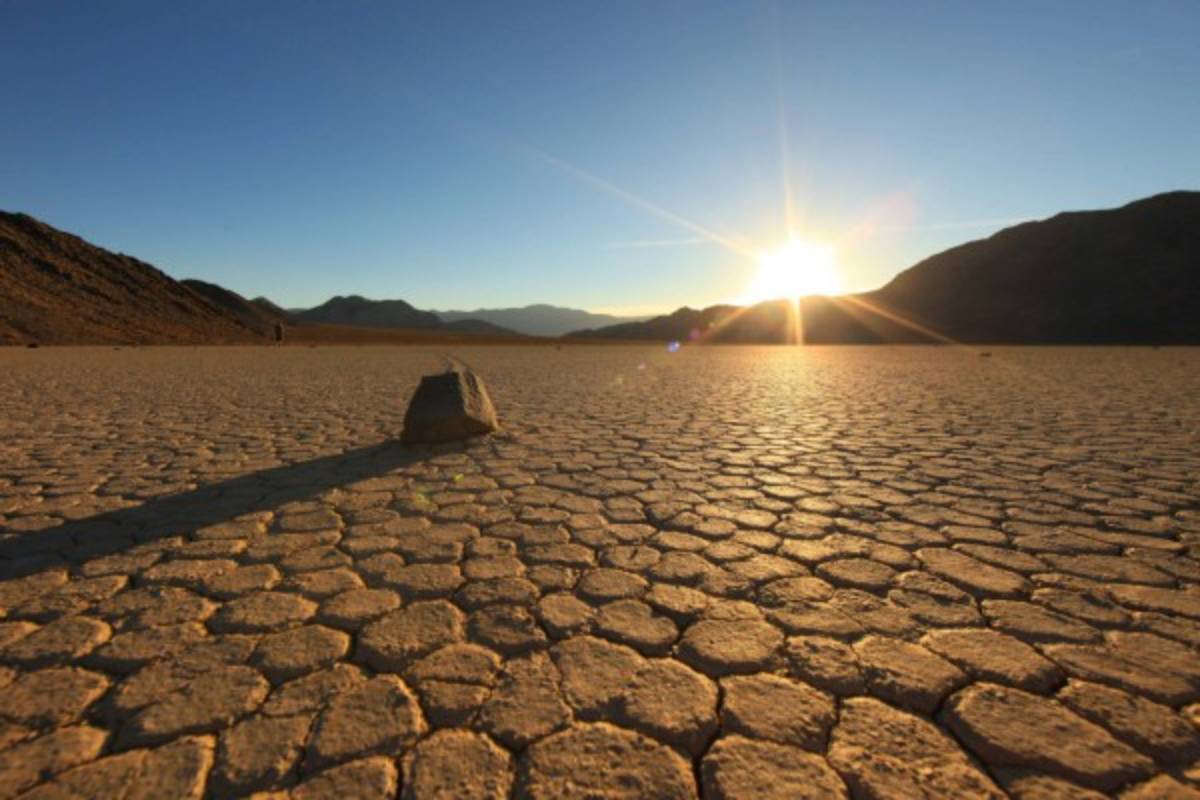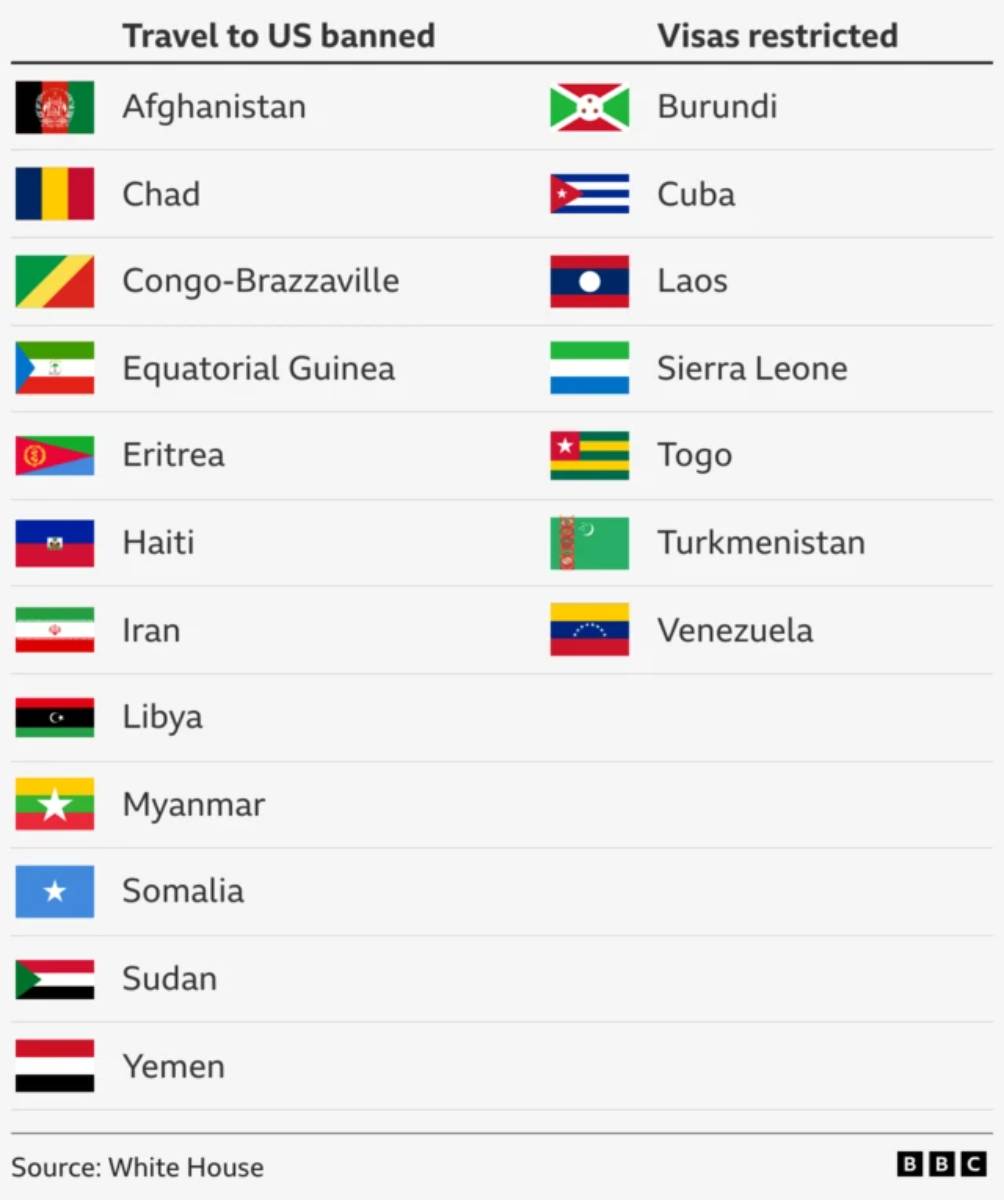
City Beats
U.S. Travel Ban Countries List 2025: Read This Before Traveling
Traveling to or from the United States in 2025? It’s essential to stay informed about any current travel restrictions or bans that may affect your plans. The U.S. government maintains a list of countries with travel limitations due to national security concerns, health risks, or diplomatic conflicts. Knowing these regulations ahead of time can save you time, money, and unnecessary stress.
Traveling to or from the United States in 2025? It’s essential to stay informed about any current travel restrictions or bans that may affect your plans. The U.S. government maintains a list of countries with travel limitations due to national security concerns, health risks, or diplomatic conflicts. Knowing these regulations ahead of time can save you time, money, and unnecessary stress.
What Is a U.S. Travel Ban?A travel ban typically restricts entry into the United States for individuals from specific countries. These bans may apply to tourists, business travelers, immigrants, or even government officials. While some bans are long-standing, others are temporary and change depending on global events or policy shifts.
Travel bans can result from concerns over terrorism, political instability, health emergencies like pandemics, or failure to meet U.S. security requirements for passport control and visa systems.
U.S. Travel Ban Countries List 2025 (As of Latest Updates)Here are countries currently facing travel restrictions or heightened scrutiny in 2025. Keep in mind this list is subject to change based on global developments:
• Iran – Ongoing restrictions due to strained diplomatic relations and national security.
• North Korea – Complete travel ban for U.S. citizens and no direct diplomatic relations.
• Syria – High risk due to conflict and terrorism concerns; limited visa issuance.
• Yemen – Travel ban extensions continue due to civil war and safety concerns.
• Somalia – Restrictions remain due to instability and lack of proper documentation systems.
• Libya – Travel restrictions in place amid continued civil unrest and militia activity.
• Venezuela – Sanctions and targeted bans, especially for government officials and related entities.
• Russia – Tighter visa regulations and entry bans affecting diplomats and certain citizens due to geopolitical tensions.
• Afghanistan – Limited U.S. embassy operations and safety concerns continue to restrict travel.
Travel bans may vary in severity:
• Full Entry Ban: No individuals from the listed country may enter the U.S.
• Targeted Sanctions: Bans apply only to government officials or individuals on watchlists.
• Visa Restrictions: Tourist or immigrant visa applications may be delayed or denied.
• Entry With Conditions: Travelers must undergo additional screening or provide specific documentation.
💡 Discover More from City Beats
The U.S. Department of State and the Centers for Disease Control and Prevention (CDC) regularly update travel advisories. You can check:
• travel.state.gov for travel alerts and visa policies
• cdc.gov/travel for health-related travel notices
• embassy websites of your destination or origin country
It's also smart to register for the Smart Traveler Enrollment Program (STEP), which notifies U.S. citizens of emergencies and updated policies.
What to Do If You’re AffectedConsult an immigration attorney: Especially important for dual nationals or visa holders.
Stay informed: Policies change quickly. Check before buying tickets or applying for visas.
Have backup plans: Consider alternate destinations or routes if your country is under restrictions.
Reach out to consulates: They can provide country-specific guidance and documents.
ConclusionUnderstanding the 2025 U.S. travel ban list is essential for smart, safe travel planning. Whether you're visiting for tourism, family, or business, being aware of current policies can help you avoid major roadblocks. Always check official sources and plan ahead to make your journey as smooth and compliant as possible.
Stay in the Loop
Get the latest news from Class Action, Medical Claims, Personal Injury and Consumer Protection.

Ava Montgomery
Expert in Legal Writing & Research
Ava Montgomery is an advocate for legal clarity and accessibility. With years of experience in law, they bring a meticulous and thoughtful approach to each article, offering readers insightful analysis of complex topics.
Discover More About Ava MontgomeryYou Might Also Like
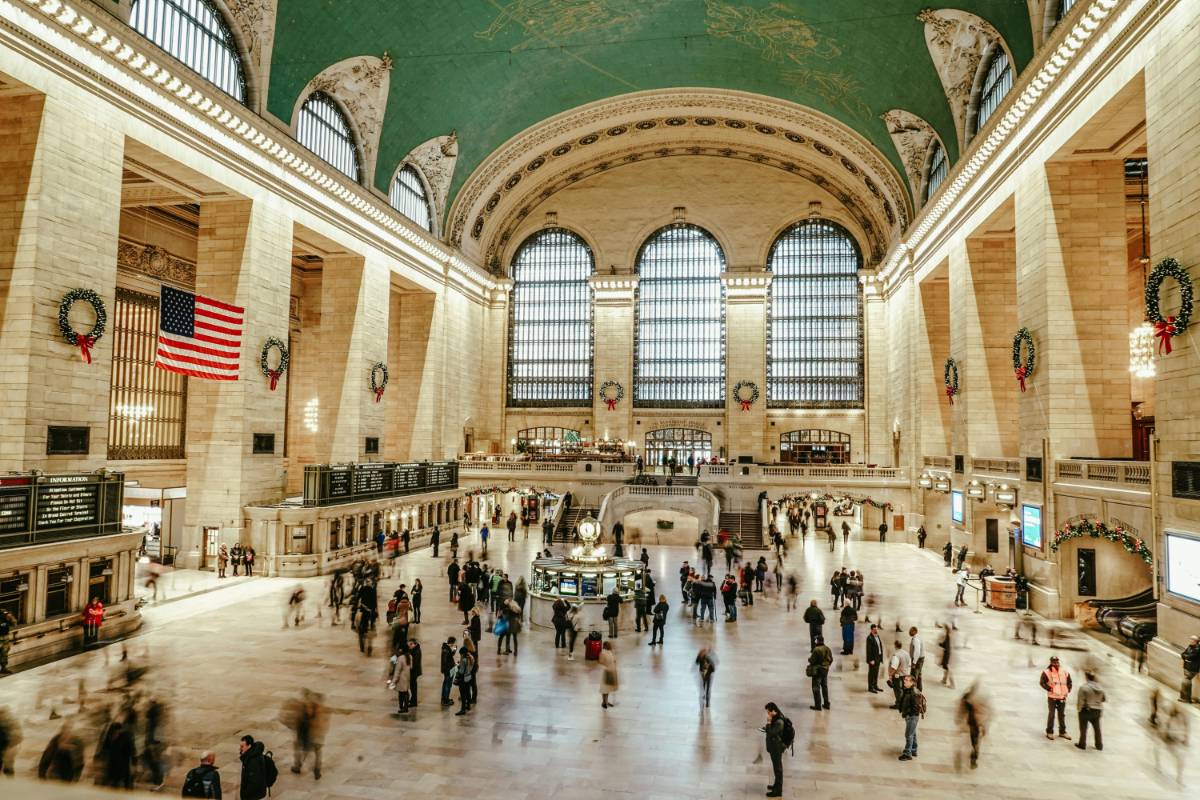
City Beats
What Makes New York the City That Never Sleeps?
New York City, famously dubbed “The City That Never Sleeps,” earns its title through nonstop nightlife, 24-hour businesses, a thriving cultural scene, and an economy that pulses around the clock. From Times Square’s dazzling neon lights to subways running through the night, New York embodies constant motion. This article explores the history, culture, economy, and lifestyle that make New York a city awake at all hours.***Why Is New York Called “The City That Never Sleeps”?The nickname isn’t just a catchy phrase—it reflects a lived reality. In New York, it’s possible to grab a late-night slice of pizza at 3 AM, ride the subway at 4 AM, or watch the streets of Times Square illuminated as if it were midday. Unlike most global cities that quiet down at night, New York thrives on perpetual motion.The phrase was popularized by Frank Sinatra’s iconic 1980 song “Theme from New York, New York.” Yet its roots stretch further back, with references in newspapers from the early 20th century highlighting Manhattan’s round-the-clock hustle.***What Keeps New York Awake 24/7?The city’s unique rhythm is fueled by multiple forces working in harmony:Nightlife & Entertainment: From Broadway shows to rooftop bars, New York’s nightlife culture makes it one of the liveliest cities in the world.24-Hour Businesses: Diners, bodegas, pharmacies, and delivery services operate day and night, ensuring constant accessibility.Transportation: The MTA subway runs 24/7, a rarity among global metro systems.Tourism: With over 61 million tourists annually (NYC & Company, 2024), the demand for nonstop attractions is high.Media & Finance: Wall Street and the media industry often work late into the night to align with global markets.***How Does New York’s Nightlife Define the City?Nightlife is arguably the heart of New York’s “never sleeps” identity. Broadway performances, live jazz at Harlem clubs, and late-night comedy shows at The Comedy Cellar keep residents and visitors entertained until dawn.Real-life example: In the East Village, bars like McSorley’s Old Ale House welcome patrons into the early morning hours, while in Brooklyn, venues like House of Yes blur the lines between art, music, and nightlife.New Yorkers often say, “If you can’t find something to do at 2 AM here, you’re not looking hard enough.”***Does New York Really Have 24-Hour Food?Absolutely. Food is a major player in New York’s around-the-clock culture. From halal food carts lining Midtown to Katz’s Delicatessen serving pastrami sandwiches until 2 AM (and 24/7 on weekends), New York caters to insomniacs and night-shift workers alike.Even Michelin-starred restaurants like Momofuku have been known to serve late into the night, proving that world-class dining isn’t restricted to daylight hours.***How Do New Yorkers Commute All Night?The New York City Subway is one of the only mass transit systems in the world operating 24/7. With 472 stations and thousands of daily riders, it supports not just commuters but also the nightlife economy.Taxis, Uber, and Lyft also ensure constant mobility. The sight of yellow cabs cruising through Manhattan at 3 AM is an image synonymous with the city.***How Does Tourism Fuel New York’s Constant Motion?Tourists flock to Times Square, Central Park, and Broadway, often extending their adventures into the early hours. In fact, Times Square is brightly lit 24 hours a day, attracting more than 360,000 daily visitors.Example: Visitors arriving from different time zones often explore at odd hours—Londoners walking Times Square at midnight or Tokyo tourists shopping in Koreatown at 2 AM.***What Role Does Wall Street Play in NYC’s Sleepless Energy?New York is the financial capital of the world. With global markets in Asia and Europe opening during New York’s nighttime, traders, analysts, and media professionals often work late hours.The New York Stock Exchange may close at 4 PM, but the financial district buzzes well into the night as global deals unfold.***How Does Media & Culture Keep NYC Awake?The city is the headquarters of The New York Times, NBC, Bloomberg, and Reuters, all of which run 24-hour newsrooms. News doesn’t sleep, and neither does the city that reports it.Cultural hubs like the Museum of Modern Art (MoMA) and the Metropolitan Opera host evening performances, blending education and entertainment into late-night hours.***What Are the Best Late-Night Experiences in NYC?For those curious about how to truly live the “city that never sleeps” lifestyle, these experiences stand out:Walking through Times Square at midnight under dazzling neon lights.Watching live jazz at Blue Note or Village Vanguard.Exploring Koreatown’s late-night karaoke and restaurants.Eating a bagel at Ess-a-Bagel after a night out.Joining a late-night comedy show at The Comedy Cellar.usastreetsny201a.jpg***FAQs About New York, The City That Never SleepsWhy is New York busier at night than other cities? Because of its 24-hour transit, round-the-clock businesses, and thriving nightlife economy, unlike many global cities where public transport shuts down after midnight.Is it safe to walk around New York at night? Yes, in most busy neighborhoods like Midtown, Brooklyn Heights, and the East Village. However, like any big city, travelers should remain cautious in isolated areas.What food is available late at night in NYC? Everything from pizza and bagels to halal street food and ramen. Many restaurants operate into the early morning.What neighborhoods never sleep? Times Square, Greenwich Village, the Lower East Side, Williamsburg, and Koreatown are famous for late-night activity.Do other cities rival New York as “the city that never sleeps”? Cities like Las Vegas, Tokyo, and Hong Kong come close, but New York uniquely combines finance, culture, food, and nightlife into one nonstop hub.How late do Broadway shows run? Most Broadway performances end by 11 PM, but surrounding restaurants and bars extend the experience into the early morning.Is the New York subway safe at night? It is generally safe in well-trafficked stations, though travelers are advised to stay alert.What is the busiest late-night spot in NYC? Times Square, often called “the Crossroads of the World,” remains bustling with crowds even at 2 AM.How do night-shift workers shape the city? Healthcare workers, delivery drivers, and finance professionals keep the city operating while others sleep, fueling the 24/7 economy.Why does NYC’s economy depend on being 24/7? The combination of tourism, finance, hospitality, and media creates an ecosystem that thrives on constant availability.***Key TakeawaysNew York’s reputation as “The City That Never Sleeps” is rooted in history, culture, and economy.24-hour dining, nightlife, and the subway system sustain the city’s energy.Tourism, Wall Street, and global media reinforce the city’s nonstop activity.Real-life experiences, from late-night jazz to Koreatown dining, showcase why New York thrives day and night.***Final ThoughtsNew York City is more than a slogan—it is a living, breathing testament to perpetual energy. While many cities rest, New York thrives, driven by ambition, culture, and diversity. Whether it’s a tourist marveling at Times Square lights at midnight, a stock trader handling Asian markets at 3 AM, or a local grabbing pizza at 4 AM, New York proves time and again why it is, and always will be, The City That Never Sleeps.
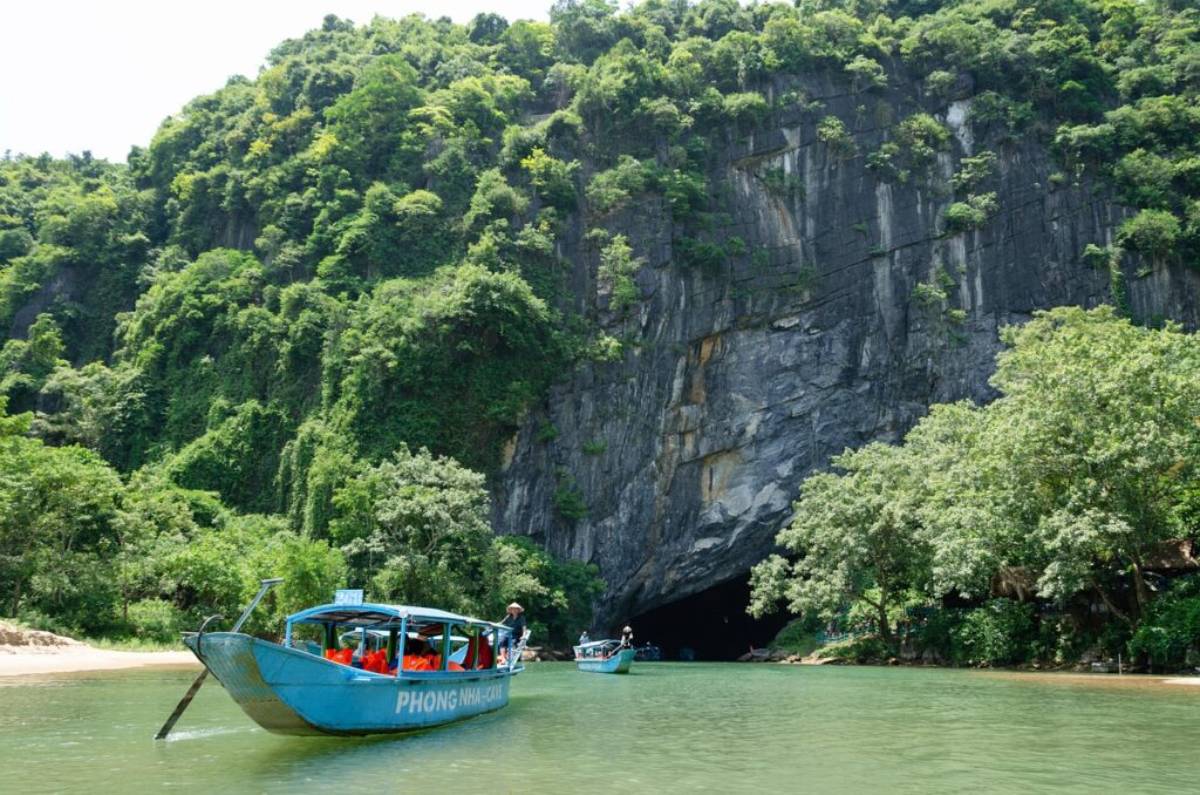
NYC Landmarks
Top US Lakes for a Boat Rental Adventure
From sparkling alpine waters to sun-soaked southern shores, the United States is home to some of the best lakes for boat rental adventures. Whether you’re looking for a peaceful day of fishing, high-speed water sports, or simply cruising in scenic surroundings, there’s a perfect lake for every kind of boater. Here are the top U.S. lakes where you can rent a boat and set off on an unforgettable aquatic escape.***1. Lake Powell – Arizona/UtahWith red rock canyons and over 2,000 miles of shoreline, Lake Powell is a houseboat haven. Rent everything from jet skis to luxurious floating homes and explore winding coves, natural arches, and hidden beaches.• Best For: Houseboating, cliff jumping, photography.• Bonus: Antelope Canyon and Rainbow Bridge are nearby by water.***2. Lake Tahoe – California/NevadaOne of the most beautiful alpine lakes in the country, Lake Tahoe is perfect for sailing, speed boating, or simply anchoring and taking a swim in its crystal-clear water.• Best For: Scenic cruising, paddleboarding, and beach hopping.• Tip: Emerald Bay is a must-see from the water.***3. Lake George – New YorkOften called the "Queen of American Lakes," Lake George offers picturesque views of the Adirondacks, charming lakeside villages, and plenty of water-based fun.• Best For: Family boating, tubing, and lakeside dining.• Activities: Visit islands, swim in quiet bays, or dock at public beaches.***4. Lake Travis – TexasLocated just outside Austin, Lake Travis is the party capital of Texas lakes. Rent pontoons, party barges, or jet skis and head to Devil’s Cove for a social scene like no other.• Best For: Social boating, music, and vibrant energy.• Tip: Visit during weekdays for calmer waters and fewer crowds.***5. Flathead Lake – MontanaThe largest freshwater lake west of the Mississippi, Flathead Lake is stunningly clear and surrounded by mountains.• Best For: Peaceful sailing, kayaking, and nature watching.• Local Perks: Cherry orchards and charming small towns dot the shoreline.***6. Lake Havasu – ArizonaA desert oasis popular for spring breaks and family getaways, Lake Havasu features wide-open waters, warm weather, and the famous London Bridge.• Best For: Wakeboarding, floating parties, and exploring sandbars.• Must-See: Copper Canyon and the Bridgewater Channel.***7. Lake Champlain – New York/VermontStretching from New York to Vermont and into Canada, Lake Champlain offers a mix of history, beauty, and open water ideal for multi-day boating adventures.• Best For: Sailing, history buffs, and island-hopping.• Bonus: Check out Valcour Island and the historic lighthouses.***8. Lake Norman – North CarolinaJust north of Charlotte, Lake Norman is the largest man-made lake in the state and perfect for a fun day on the water.• Best For: Pontoon rentals, family outings, and tubing.• Tip: Several waterfront restaurants offer boat-up dining.***Tips for a Great Boating Adventure• Book Early – Especially in peak season, rentals go fast.• Know the Rules – Each lake has different boating laws and regulations.• Check the Weather – Mountain lakes in particular can change quickly.• Pack Essentials – Sunscreen, water, snacks, a dry bag, and life jackets.• Take Your Time – The best moments often come when you’re just floating and soaking in the view.***ConclusionNo matter what kind of boat adventure you're after—relaxing, thrilling, or social—America’s lakes deliver. These top destinations combine scenic beauty, recreation, and local flavor to make your next boat rental more than just a ride—it’s a memory in the making. So grab the keys, hit the water, and discover the lake life waiting for you across the U.S.
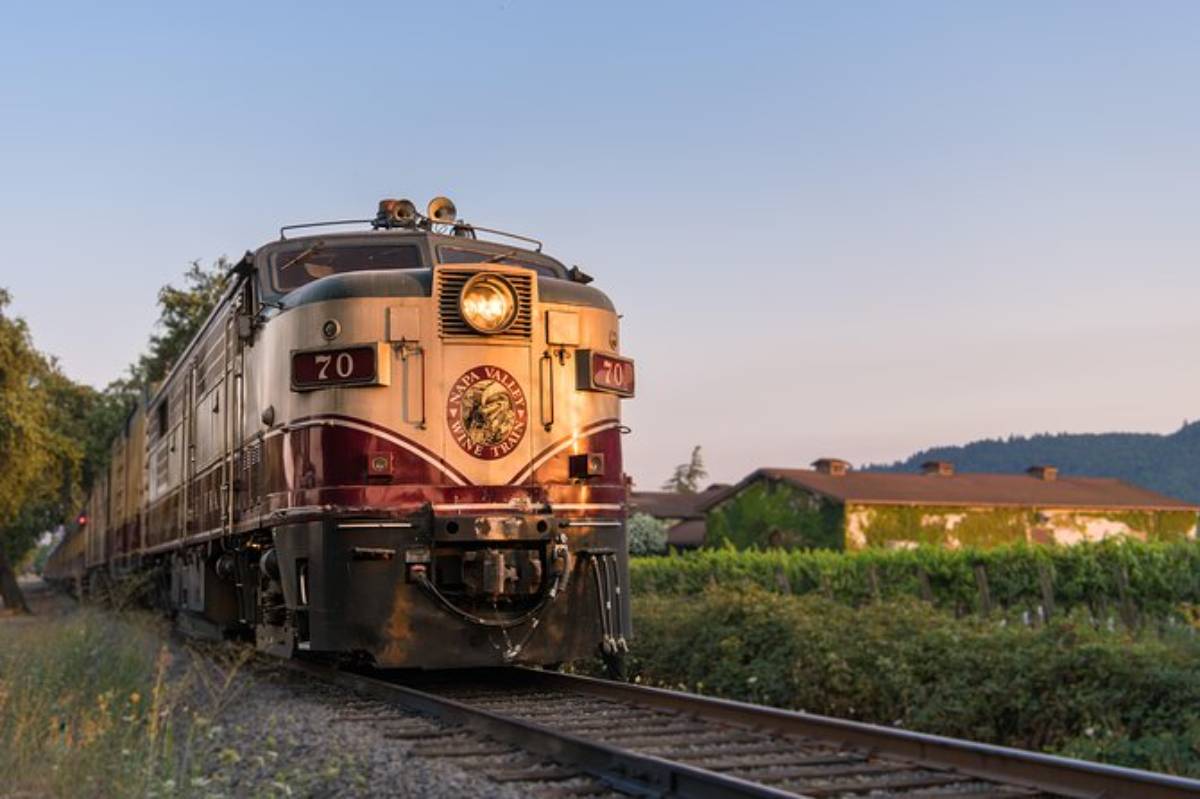
City Beats
Is There a Train From San Francisco To Napa Valley
A trip from San Francisco to Napa Valley promises scenic views, world-class wineries, and a relaxing escape from the city. But for travelers hoping to make the journey by train, the route isn't as straightforward as hopping on a direct rail line. Here's what to know about train options and how to best navigate your journey from the Bay Area to California's wine country.***Is There a Direct Train From San Francisco to Napa?No, there is currently no direct passenger train that runs from San Francisco to Napa Valley. While San Francisco is well-connected by BART and other transit systems, Napa Valley lacks a direct rail link with the city. However, there are alternative routes that involve a combination of public transportation and shuttle services.The closest you’ll get by rail is via the Capitol Corridor Amtrak line, which operates out of nearby Oakland and Emeryville. From these stations, you can head toward the Vallejo Ferry Terminal or the Martinez Amtrak Station to continue your journey north.***The Popular Route: Ferry to Vallejo + Bus or Ride ShareMany visitors choose to take the San Francisco Bay Ferry from the Ferry Building to Vallejo. From Vallejo, you can use local Vine Transit buses or rideshare services like Uber or Lyft to reach Napa. It’s not a train—but it’s a scenic, affordable, and widely used option.This route offers a peaceful cruise across the bay followed by a manageable drive inland. It’s a favorite for tourists seeking an experience that mixes comfort and adventure.***Amtrak and Bus CombosFor those set on including a train in the itinerary, Amtrak's Capitol Corridor line connects Emeryville or Oakland with Martinez. From Martinez, you can take a connecting bus service through Amtrak Thruway to Napa. This option requires advance planning but is a viable choice if you prefer rail travel.Alternatively, Amtrak’s San Joaquins route also stops in Martinez, making it a suitable pivot point for travelers from the Central Valley or Southern California.***The Napa Valley Wine Train ExperienceOnce you’re in Napa, the famous Napa Valley Wine Train offers a luxury rail experience unlike any other. While it doesn't transport visitors from San Francisco, it does provide a scenic and gourmet rail journey through wine country.The vintage train cars and multi-course meals make it a destination in itself. Boarding in downtown Napa, this train offers themed tours, winery stops, and elegant service that transports guests back in time.***Tips for Making the Journey EasierPlan Ahead: Public transportation schedules vary, especially on weekends. Check ferry and bus times before setting out.Use Regional Transit Apps: Apps like Transit, Moovit, and Google Maps can help you navigate route changes and delays.Consider Renting a Car: If flexibility is key, renting a car in San Francisco may offer the easiest route, especially for multiple winery stops.Combine Travel Styles: Many visitors mix ferry, bus, and train travel for a diverse and scenic trip.***ConclusionWhile there’s no direct train from San Francisco to Napa Valley, several accessible and scenic routes make the trip worthwhile. Whether you cruise the bay, ride the rails, or opt for a car, getting to Napa is part of the adventure—and once you arrive, the wine and views make it all worthwhile.
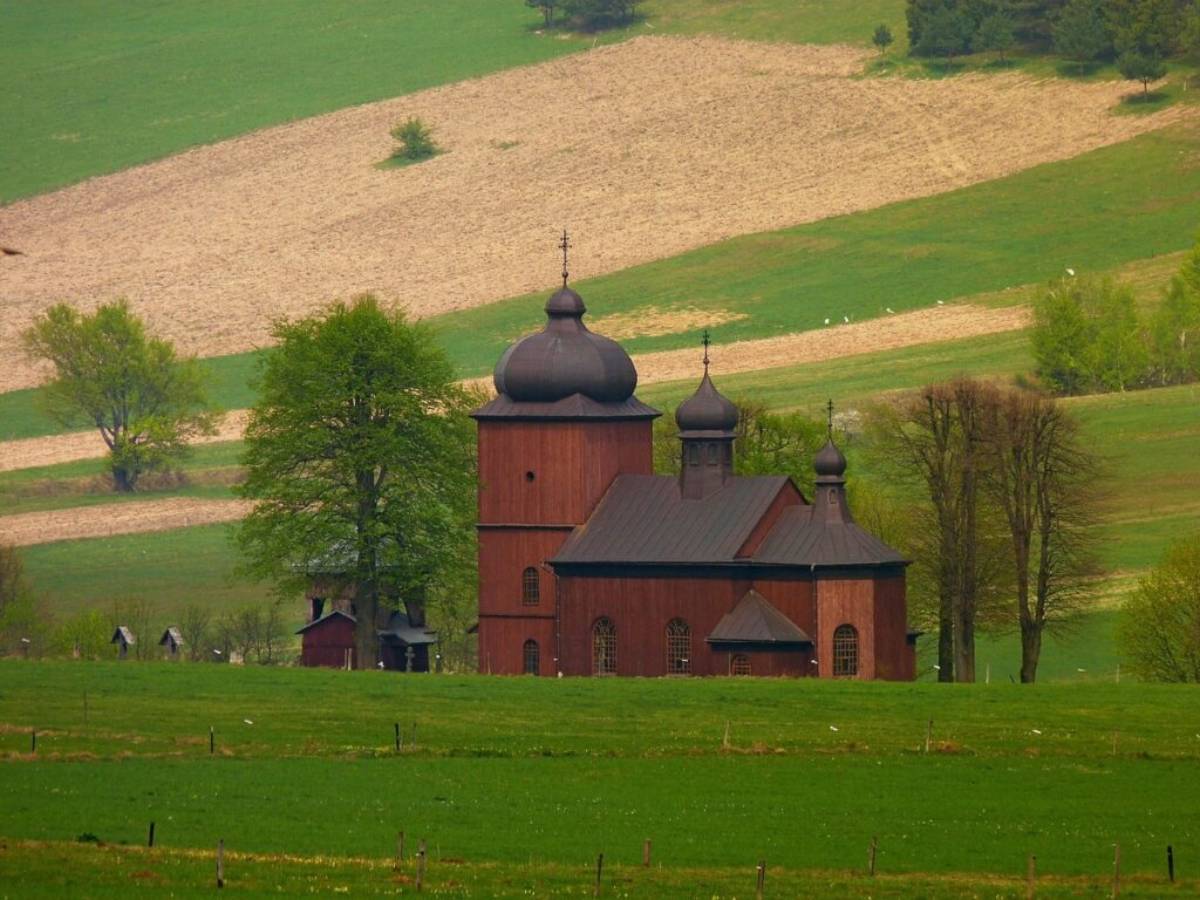
NYC Landmarks
4 Secret Luxury Resorts in the US You’ll Wish You’d Known Sooner
Luxury in the U.S. isn’t always about grand lobbies or bustling resorts. Sometimes, the most indulgent experiences are tucked away in remote places—places where peace, privacy, and pampering take center stage. These four secret luxury resorts offer everything from cliffside views to forested hideaways and are perfect for travelers craving a quiet escape with five-star comfort.***1. Amangiri – Canyon Point, UtahNestled in the desert near the Arizona border, Amangiri blends into its dramatic surroundings with minimalist architecture and world-class service. This ultra-private resort is favored by celebrities and wellness seekers alike.• Features: A stunning infinity pool built into a rock formation, a serene Aman Spa, and private excursions to slot canyons and Lake Powell.• Why It’s Special: The silence and scenery create a meditative luxury experience you won’t find anywhere else in the U.S.***2. The Ranch at Rock Creek – Philipsburg, MontanaSet on 6,600 acres of pristine Montana wilderness, this all-inclusive luxury ranch offers authentic western charm with no shortage of upscale touches.• Features: Horseback riding, fly fishing, spa treatments, and fine dining—all included in your stay.• Why It’s Special: You can stay in a luxury tent, historic lodge room, or private log cabin—making it feel both rustic and refined.***3. Twin Farms – Barnard, VermontAn adults-only retreat in central Vermont, Twin Farms is known for its personalized service and cozy-meets-opulent vibe.• Features: Gourmet farm-to-table meals, a wine cellar with over 20,000 bottles, and seasonally tailored outdoor activities.• Why It’s Special: Each guest cottage is uniquely decorated and designed for pure comfort, complete with fireplaces and soaking tubs.***4. Post Ranch Inn – Big Sur, CaliforniaHigh above the Pacific Ocean on the cliffs of Big Sur, Post Ranch Inn offers eco-luxury with breathtaking views and sustainable design.• Features: Infinity pools, in-room massages, yoga classes, and organic fine dining at Sierra Mar restaurant.• Why It’s Special: With no TVs or clocks, and floor-to-ceiling windows in each room, guests fully unplug and connect with nature.***Planning Tips for a Secret Luxury Escape• Book Early – These resorts are small and exclusive, so rooms fill up fast—especially in peak seasons.• Expect Personalized Service – From customized menus to private guides, don’t be surprised if the staff remembers your name and preferences.• Go Off-Grid – Many of these spots have limited cell service by design. Embrace the digital detox.• Splurge on Experiences – Whether it’s a private helicopter ride or spa day, the add-ons make the trip unforgettable.***ConclusionThe best luxury isn’t always the most obvious. These hidden gems across the U.S. offer a rare blend of exclusivity, nature, and top-tier service. If you’re craving a retreat that feels like your own secret escape, these four resorts are worth every indulgent moment. Just don’t be surprised if you start planning your return trip the moment you arrive.

